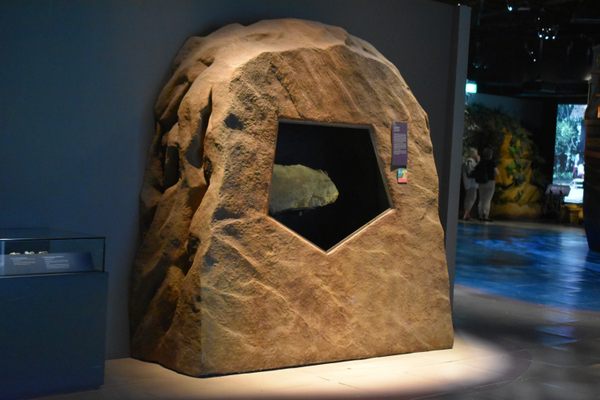About
The small Sabine village of Rivodutri was largely destroyed by the earthquake of 1948, but one unusual architectural element survived, known locally as the Alchemical Door.
This 17th-century portal was originally located in the Camiciotti Palazzo and now provides access to a small memorial park. The side facing the road is decorated with elaborate carvings and symbols that have been interpreted as representations of the Great Transmutation.
Some scholars believe that rather than displaying the material transformation of metals into gold, however, this portal might have instead represented the transmutation of the soul to a state of awareness and enlightenment. But interpreting the symbols on the doorway is no easy task.
Cabbalistic, pagan, alchemical, and Christian symbols mix in this unusual object that still baffles scholars. According to some, the portal should be read from the bottom to the top, as the triangle of body-spirit-soul reaches a state of harmony and consciousness from an initial state of chaos. Several Latin inscriptions are visible (EX TUA MEA LUX - EX MEA TUA) as well as representations of the palm tree, Greek myths, and Christian symbols. A two-headed figure crowns the portal—most likely Hermaphroditus (REX ET REGINA)—and below it a heart in flames, which might represent Christ’s universal love.
The 17th century was an age in which the Italian nobility were deeply involved in and drawn to alchemical practices. This interest can also be seen in the Alchemical Door or "Magic Portal" of Marchese Palombara, now found in Piazza Vittorio in Rome.
Related Tags
Know Before You Go
The village is located about 60 miles (100 km) north of Rome. The portal marks the entrance to a small memorial park called Giardino dei Caduti (Garden of the Fallen).
Published
August 22, 2019




























